During the pandemic millions of people around the world were reliant on video apps such as Zoom or Apple’s own FaceTime to chat with family and friends online, the pandemic may be past its worse, but video calling still remains popular. And, of course, many of us are still working from home the majority of the time, continuing to use business-oriented apps such as Skype or Microsoft Teams to set up video calls with colleagues and clients.
Apart from the Mac mini and Mac Pro, all Macs have one of Apple’s FaceTime cameras already built in, so you don’t necessarily need to buy a new webcam for video calls. With many offering embarrassingly low resolution, however, these cams are starting to look a little dated. (As an alternative you can use your iPhone as a Mac webcam, and Apple intends to enhance this functionality in iOS 16 and macOS Ventura when they arrive later this year.)
Business users in particular will want to pick something better in order to project a more professional image to colleagues and clients, while many artists and musicians vlog and promote their work on TikTok, Instagram and
YouTube. Almost all Mac owners could benefit from upgrading to something that can provide a sharper image than their machine’s default camera.
With that in mind, here’s our guide to some of the best webcams for use with your Mac, complete with links to buy. For broader advice, jump down to our thoughts on
what to look for in a Mac webcam.
1. Razer Kiyo – Best Features on a 1080p Webcam
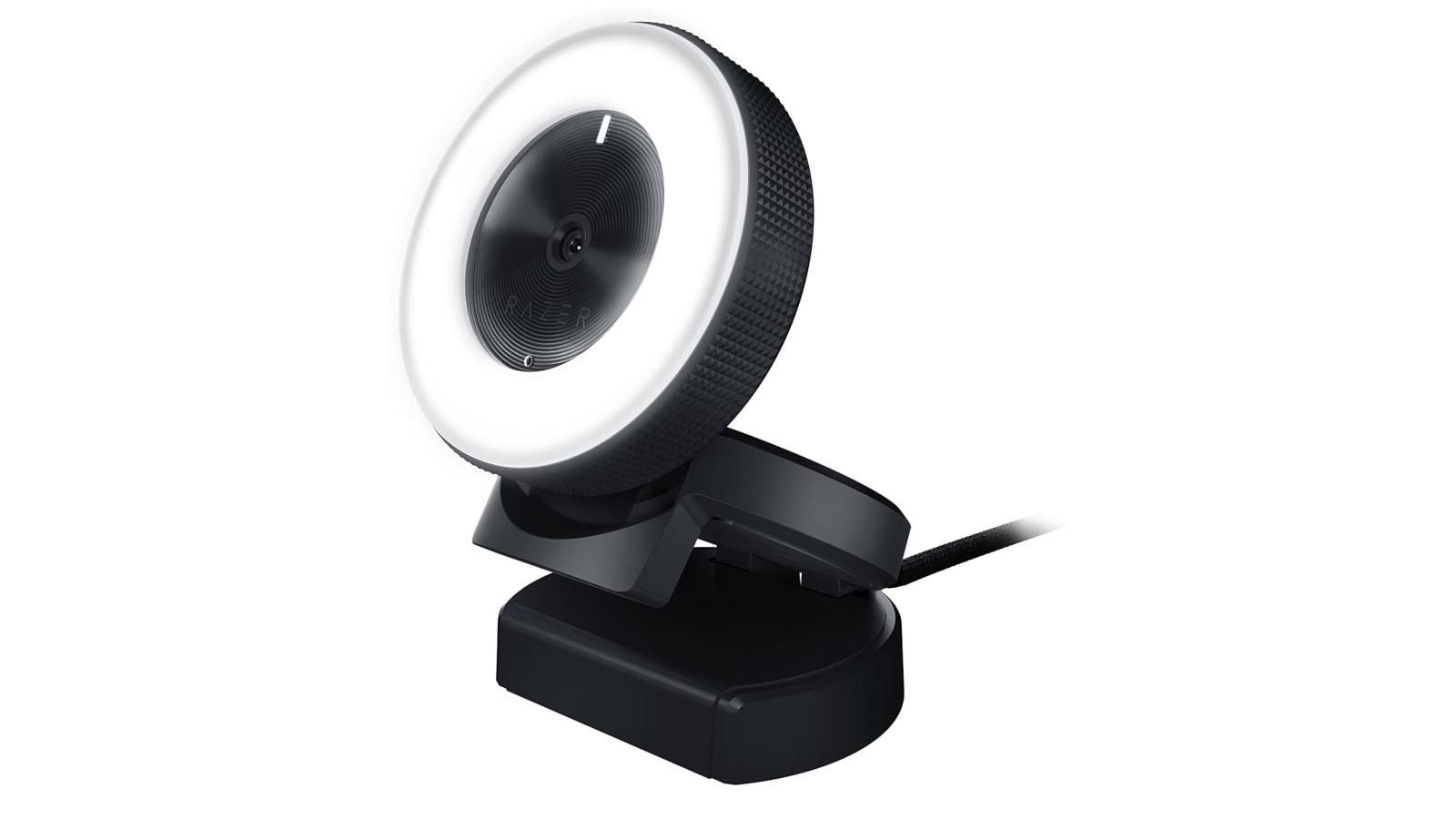
Pros
- Light ring
- Long USB cable
- Good value
Cons
- Razer’s synapse app isn’t Mac-compatible, but the software isn’t really necessary
Razer is best known for its range of gaming gear, and the
Kiyo webcam is primarily aimed at gamers who need a high-quality camera for Twitch streaming and e-sports. It’s a shame that Razer’s Synapse app isn’t Mac-compatible, but the Kiyo itself still works as a standard USB-webcam without needing any additional software, and has a number of other useful features that will come in handy for video chats with friends and even for business calls.
The Kiyo provides a nice sharp 1080p lens (1920×1080), with 81.6 degrees viewing angle, and can record video at 30fps, or capture still images at 2688×1520.
The adjustable stand can clip to the top of a computer screen or fold flat to sit on your desk. You can tilt the camera lens to get just the right viewing angle, and the Kiyo’s USB cable is 1.5m long so that you can adjust the position freely. There’s also a tripod mount on the base of the stand as well – although you have to use your own tripod.
Like many webcams, the Kiyo has an autofocus function so it can keep your picture nice and clear when you’re moving around, but the main feature that sets it apart is its built-in ‘lighting ring’. The circular outer rim that surrounds the camera lens lights up as soon as you select the Kiyo as a video source in your video apps, and you can turn the ring like a dial to adjust the brightness level up or down. That can help solve the gloomy image quality that many of us struggle with when making video calls from a bedroom or makeshift office at home.
Razer also makes a good range of high-quality
microphones that work well with the Kiyo too.
2. Logitech Brio – Best 4K webcam

Pros
- Supports HDR
- Supports 1080p video at 60fps
- Three field-of-view options
Logitech probably has the widest range of webcams currently available, ranging from low-cost models for video chats with your friends to gaming cameras and even full-blown videoconferencing systems for business users.
The Brio is one of the company’s top-of-the-range models – in fact, Logitech claims it’s “our best webcam ever”. It’s not cheap, costing £199/$199, but earns its keep with a high-quality lens that offers full 4K resolution (4096×2160) at 30fps, or standard 1080p video (1920×1080) at 60fps (although, of course, you’ll need pretty fast broadband to handle 4K streaming).
The Brio also supports HDR – high dynamic range – for bright, bold colours, and Logitech’s RightLight technology, which automatically adjusts the image to cope with changing light levels during the day.
The Brio is versatile, too, offering three field-of-view settings: a narrow 65 degrees for close-up head-and-shoulders shots, or you can widen the view to 78 degrees or 90 degrees to capture a wider view of the room and other people. The camera also includes two microphones, with noise-cancellation features to improve audio quality.
The adjustable stand can clip on to the top of your computer screen, or be mounted on a tripod for more professional productions (although you do have to supply your own tripod). There’s a privacy shade to cover the camera for extra security.
The Brio works as a standard USB camera, so you can quickly plug it in and use it on your Mac with apps such as FaceTime or Zoom, but Logitech also provides a Mac version of its Settings app, to provide extra controls.
3. Ausdom AW651 – Best for Streamers + VLoggers

Pros
- Supports HDR
- Supports 2K at 30fps and 1080p at 60fps
- Tripod included
Ausdom’s AW651 – sometimes also referred to as the ‘HDR 2K’ – is an affordable option for people who want more than a standard 1080p webcam, but perhaps don’t want to spend a lot of money on an expensive 4K model.
Priced at a competitive $89.99/£69.99, the AW651 provides two main options, allowing you to stream 2K video (2560 x 1440) at 30 frames per second, or 1080p (1920 x 1080) at a super-smooth 60fps. It supports HDR, with auto-focus and a viewing angle of 75-degrees, and the camera head can tilt and rotate to help you get the right angle for your video calls.
The only disadvantage here is that Ausdom doesn’t provide any software for the camera at all – either for Mac or Windows. There is a button on the back of the camera that lets you adjust the frame rate, but you’ll have to rely on FaceTime, Zoom or other streaming apps to control resolution and other settings.
The AW651 will work with any Mac running macOS 10.6 or above, but it uses a USB-A cable to connect to your Mac, so owners of Macs that only have USB-C will need an adaptor. However, the AW651 worked fine with our office iMac (USB-A) and with our USB-C MacBook Air with an adaptor.
There’s a privacy shutter built into the camera, and the adjustable stand can sit on the desk, or be attached to your computer screen or a tripod. And, surprisingly for such an affordable camera, the AW651 even includes a small six-inch tripod as well, making it good value for streamers and vloggers who need to adjust the camera position from time to time.
4. Logitech C922 Pro – Best for Streaming
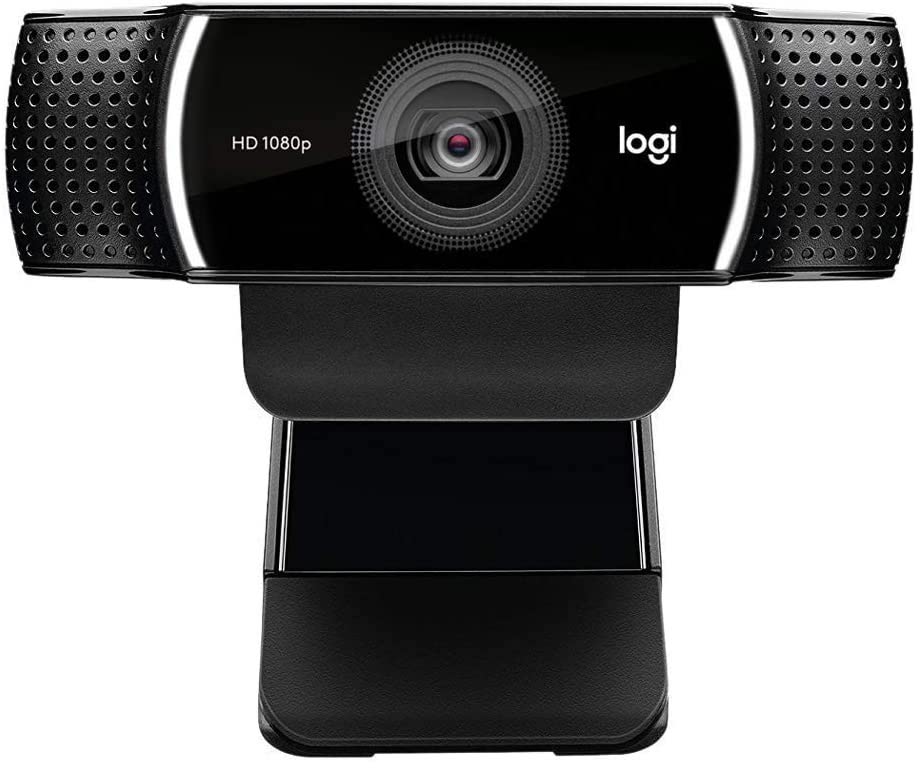
Pros
- Multiple mounting options
- Tripod in the box
Cons
- No 60fps mode at 1080p
- 78-degree FOV
The Logitech C922 Pro is small, produces great quality video and offers multiple mounting options – plus it’s not as expensive as some of the options here. It connects to your Mac via a flexible grip, but there is also a tripod mount and mini tripod.
The Carl Zeiss glass lens provides adaptable autofocus for crisp, clear videos. Plus, with two resolution settings: 1080p at 30fps and 720p at 60fps you can choose frame rate over quality, or vice versa. We tested in low light and backlit environments and were impressed – there’s even a built-in light correction that boosts light levels when required.
There’s also a stereo microphone, which is good news for video calls.
The Logitech Camera app runs on a Mac or PC and allows you to preview your webcam and change settings.
5. Razer Kiyo Pro – Best for 60FPS Streaming and Broadcasting
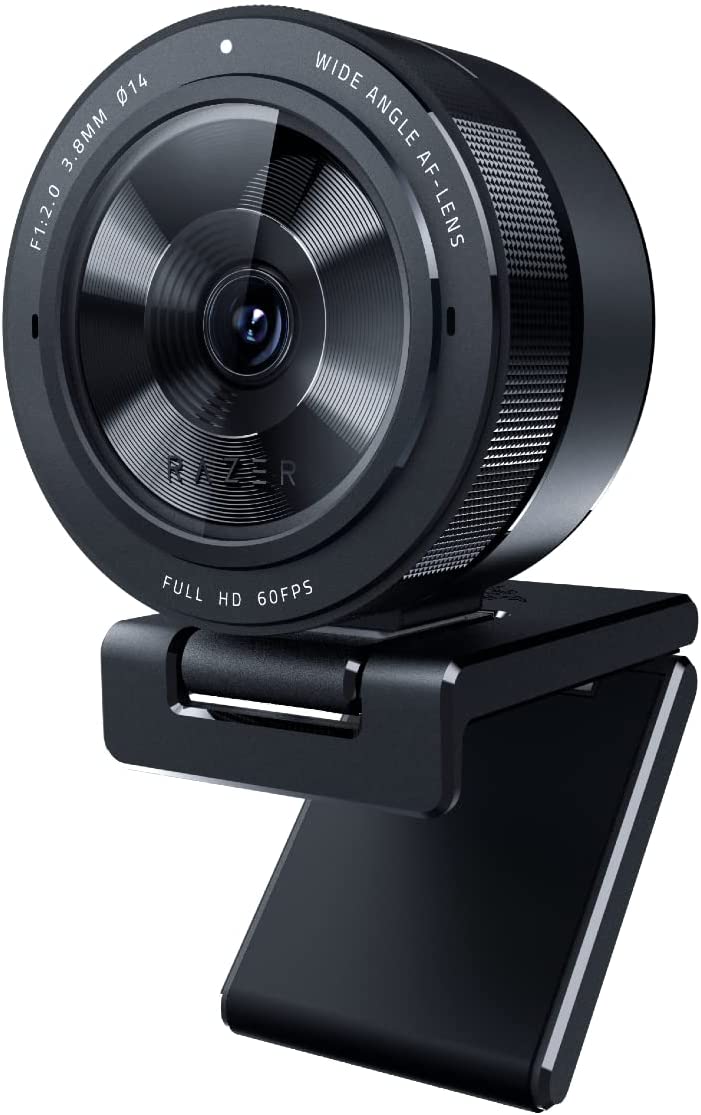
Pros
- 60fps recording
- Gorilla Glass lens and lens cover
Cons
- Software is PC only, so Mac users miss some features
- Lacks the lighting ring of the cheaper model
Razer’s Kiyo webcam made a big impression when it was first launched a few years ago, thanks to its 1080 resolution and the built-in lighting ring that helped to improve image quality for video calls and streaming. Somewhat oddly, the Kiyo Pro no longer has that lighting ring, and it sticks with 1080p resolution, yet it’s twice as expensive, costing $199.99/£199.99 compared to $99.99/£99.99 for its predecessor (which is still on sale).
That’s because the Kiyo Pro steps up to a USB 3.0 interface, which allows it to record higher frame rates of up to 60fps at 1080p resolution. The high-quality camera lens also supports HDR – although HDR is only available when recording at 30fps – and performs better in low light conditions, providing better all-round image quality and colour balance.
The Kiyo Pro also has an adjustable stand that can sit on your desk, or be attached to a computer screen or tripod (not included). The camera cable connects to a USB-A port on your computer – so you’ll need an adaptor for Macs that only have USB-C – but it’s 1.5m long, so you can move the camera around freely in order to get it into the right position. The camera lens is coated with tough Gorilla Glass for extra durability, and there’s a lens cover included as well, to protect the webcam if you need to carry it with you when you’re travelling.
Unfortunately, Razer’s Synapse software is only available for Windows PCs, so Mac users miss out on some of its more advanced features, such as the ability to adjust the field of view. However, the Kiyo Pro still works perfectly well as a straightforward plug-n-play USB camera with Macs. FaceTime and Zoom on my MacBook Air detected the Kiyo Pro automatically as soon as I plugged it in, and it provided a much sharper and more colourful image than the MacBook’s ageing 720p FaceTime camera.
6. Hypercam HD – Best Budget Webcam
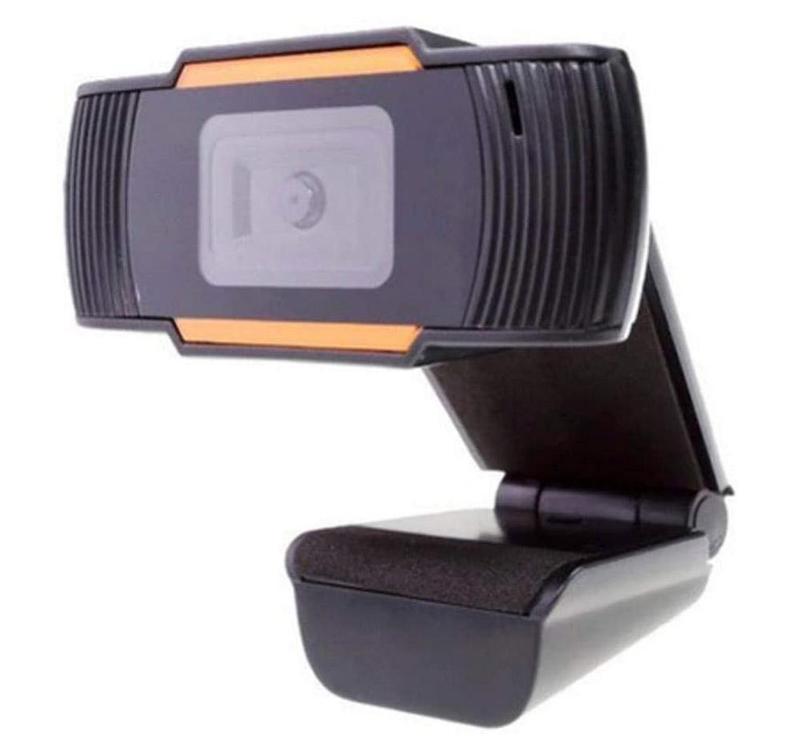
Pros
- Low cost
- Records in a 1080p
- 78-degree field of view
Cons
- Similar to a few Chinese-made webcams, but we didn’t encounter any problems
The Hypercam HD is inexpensive while offering a high-spec range of features, making it one of the best value webcams here.
Its 1080p HD resolution picture quality is noticeably better than the Mac’s default 720p HD camera, and the audio is clear.
The Hypercam’s glass lens has a 78-degree field of view – the same as the top-end Logitech C922. It also matches that webcam with fast 720p HD at 60Hz, and 1080p at 30fps.
The Hypercam features built-in HD autofocus and light correction, and two integrated mics. It is adjustable at up to 170 degrees.
Installation is simple – just plug the USB cable into your computer or docking station, and the driver automatically installs for almost immediate use. Unfortunately there’s no tripod mount option, but you can hang it off your display, or place it on a desktop.
We were initially concerned that it looked eerily similar to a few other Chinese-made webcams – and it’s not badged as a Hyper product – but we found few faults in testing.
7. AverMedia Live Streamer Cam 513 – Best 4K webcam
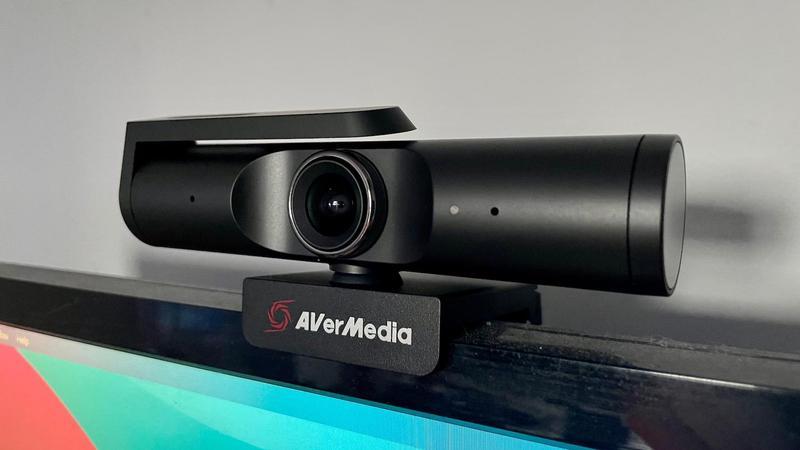
Pros
- 1080p at 60fps
- 94-degree field of view
Cons
- Faint ticking noise coming from the webcam
The AverMedia Cam 513 stands out because it offers Sony’s 8MP Exmore R CMOS image sensor for 4K at 30fps or 1080p at 60fps video capture. There’s also an impressive 94-degree field of view, which provides the user with a large canvas for cropping and zooming without noticeable loss in detail.
That’s where the AverMedia CamEngine comes in. CamEngine is a vital utility and essentially required to get the most out of the Cam 513 – which doesn’t have drivers, you need to use their software. The software allows you to tweak the image using advanced features such as Snapchat-style filters and AI-powered camera cropping.
Regarding those AI-related capabilities, it can crop in and track your face as you move around – good news if you move around a lot while on video calls. It’s not always flawless in performance however – we found it sometimes cropped into something that vaguely looked like a face, but you’ve also got the option of manually setting up each crop for different shots and angles.
Shots can be programmed to hotkeys, allowing for extreme zooms and dramatic ultra-wide shots on-the-fly during streams and video calls.
You’ll also find a privacy-focused shutter built in which will cover the webcam sensor when not in use.
The adjustable stand will attach to most displays. The camera plugs into your Mac via USB-C – the cable isn’t built-in but we don’t think that is a disadvantage (it means you can replace it with a shorter or longer USB-C cable depending on how you want to set it up.)
It’s a great 4K webcam – the only real annoyance is that we could hear a faint ticking noise coming from the webcam during use.
What to look for in a Mac webcam
We’ve picked out five webcams worthy of recommendation above, but here’s some more general advice on what to look for.
Resolution
The FaceTime cameras included on all MacBook laptops and most iMac models are limited to just ‘720p’ – which generally means a resolution of 1280×720 (although the FaceTime camera on my office iMac only seems to record at 1080×720). That’s pretty basic in these days of HD and 4K video, so in recent months many people have decided to upgrade to a higher-quality webcam that supports HD resolution of 1920×1080, or even one of the latest 4K webcams.
Useful features
As well as providing a sharper, high-resolution video image, other useful features to look out for when buying a new webcam include autofocus, which can keep the image clear and sharp even if you need to move around a little, and brightness adjustment for when gloomier days. A wide-angle lens can be useful too, allowing you to fit more than one person into the image, or allowing business users to step back from the camera while giving a presentation or using a whiteboard.
Framerates
You should also check to make sure that the webcam can record smooth video with a framerate of 25 or 30 frames per second (fps). Some webcams can even record at 60fps, although that’s mainly for specialist tasks such as gaming and e-sports on Twitch.
Connection standards
There’s certainly plenty of choice these days, and most modern webcams will work with your Mac automatically as they just use a standard USB connection – generally USB 3.0, although USB-C is now starting to appear on some new webcams too.
Once it’s plugged in, a USB webcam should then be able to work with any suitable video software on your Mac, such as FaceTime, Zoom or Skype (although it’s a shame that Apple never got around to releasing a Windows version of FaceTime, as that puts it at a real disadvantage against its video-chat rivals). The webcam’s microphone will also appear as an audio input in the Sounds control panel in System Preferences on your Mac.
Apps
Some manufacturers also provide their own apps with their webcams, which can help with features such as brightness and autofocus, so it’s worth checking to see if the webcam provides its own Mac app as well.




